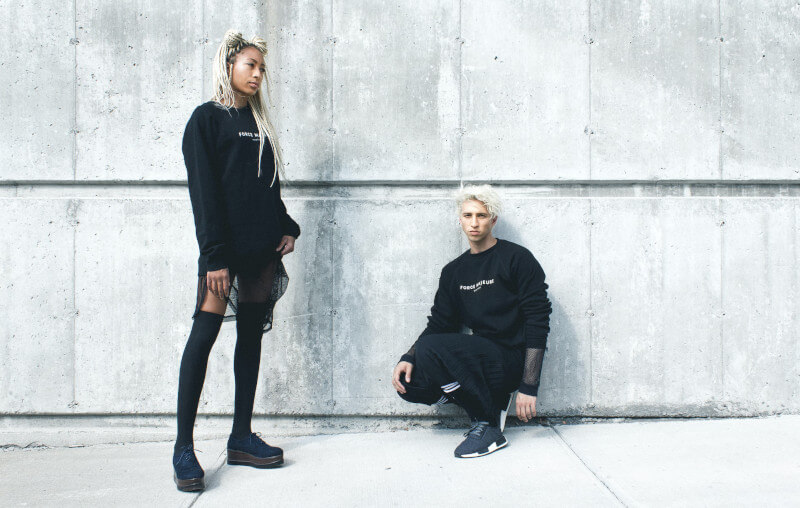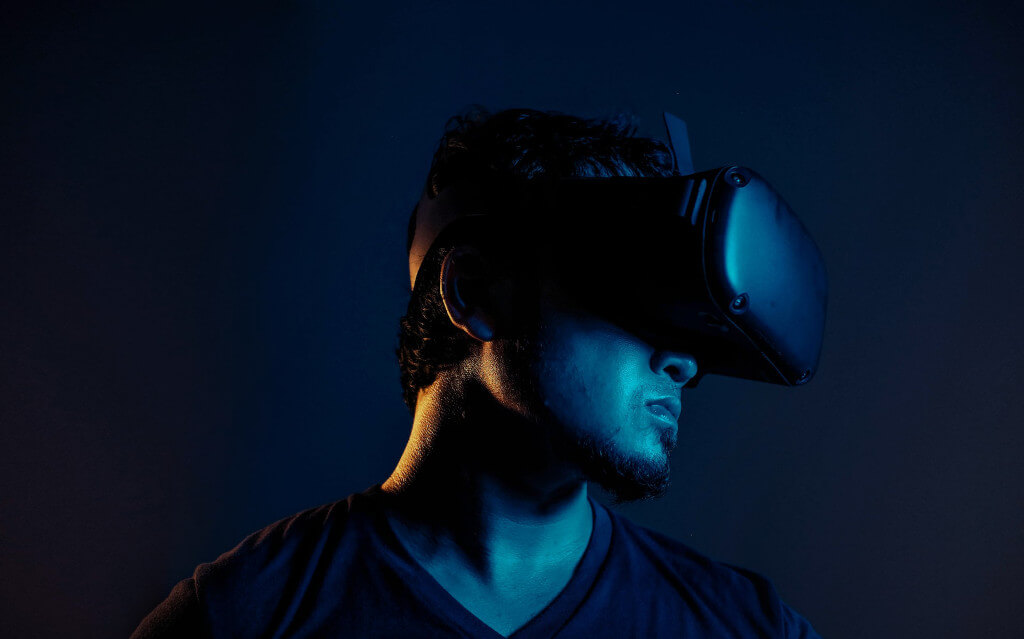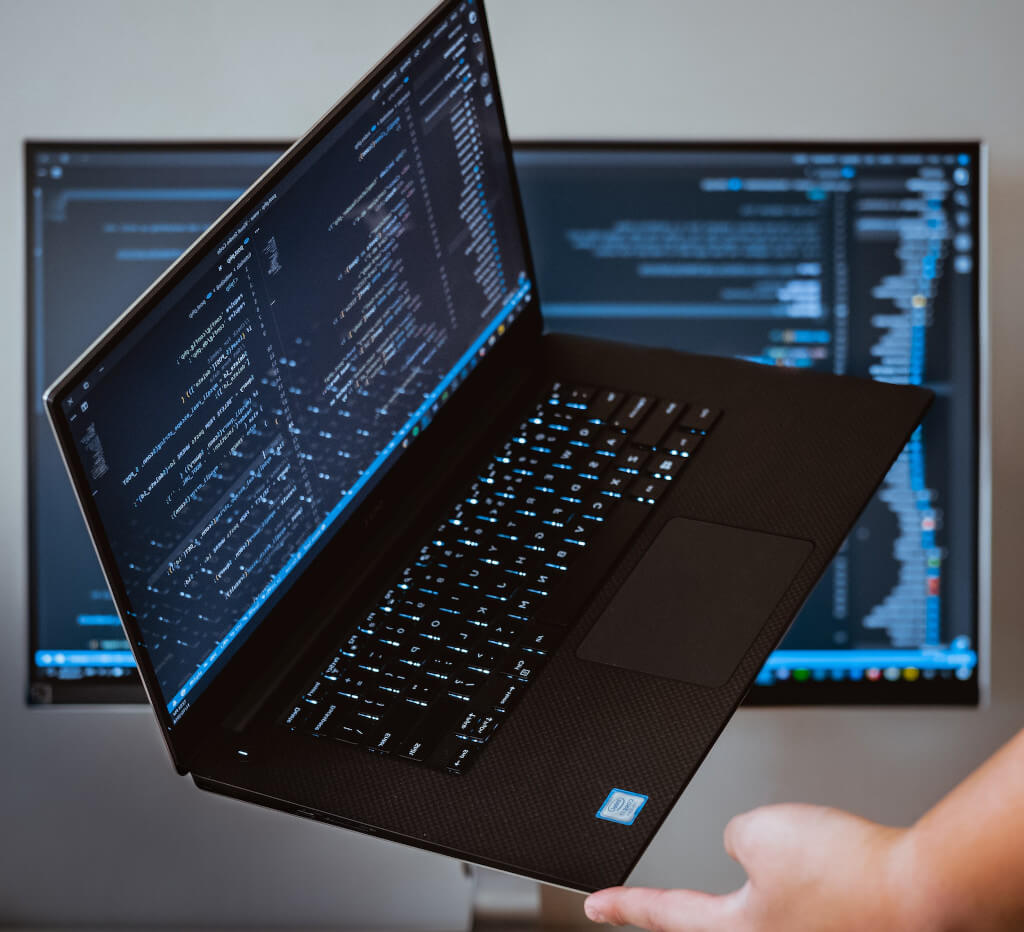The brand-new virtual craze in the business world is called the Metaverse, and it is supported graphically along with technically. When Mark Zuckerberg, the pioneer of the famous social media site Facebook, decided to alter the company’s name to ‘Meta,’ which was derived from the word ‘Metaverse,’ many people were not familiar with the term, and the news garnered a great deal of attention.
What Exactly is the “Metaverse”?
To put it more simply, it is a three-dimensional universe that is comprised of a variety of other virtual spaces in which users can interact with one another to meet, work, play, and socialize while still within the space itself. It remains in the process of development and has not reached its full maturity yet. There are a few other phrases that many people may not be familiar with, even though they have received a lot of attention in recent years.
The non-fungible token, or NFT, the blockchain, and cryptocurrencies are all components of a metaverse that is still in the process of development. One instance of a metaverse is the online virtual world known as Decentraland, which includes not only cryptocurrencies and non-fungible tokens but also real estate. The NFTs in Decentraland function as a type of collectible, and consumers can also use the platform’s cryptocurrency to purchase portions of land.
The History of the Connection Between the Metaverse and the World of Fashion
In the past two years, the clothing industry has struggled as a result of store closings, work-from-home, and restricted movement of both workers and consumers, which has led to a significant decrease in the amount of clothing that is purchased. Because of this situation, fashion companies and brands were pressured to transition into digital channels to preserve their brand. These companies have concluded that as time goes on and we move further into the future, there will be an elevated dependence on digital technology. As a result, the acquisition of cutting-edge technologies has emerged as a top priority.
Given the dramatic decline in in-store sales and the rise in e-commerce purchases, the COVID-19 pandemic has, in principle, sparked an acceleration in the creation of electronic tools and products, turbocharging engagement in digital worlds. Now more than ever, fashion brands are focusing their attention on the metaverse.
At this time, the digital revolution of the fashion industry as a whole as well as the adjustment of fashion to the digital age makes it possible for clothing businesses and brands to draw customers from around the globe and connect with them. From the pinnacle of the hierarchy downward, new modifications of fashion to the metaverse have started to surface.
Luxury brands are currently taking advantage of what appears to be in the early stages of a technological age by designing digital garments that are intended solely for the virtual identities of individuals. The ‘Genesis Collection’ from the Italian fashion label D&G is a prime illustration of a luxury brand because it incorporates the digital purchase and sale of non-fungible tokens (NFTs) into its overall design.
Style in the Virtual World of the Metaverse
In contrast to the NFTs, which might appear to be difficult to grasp at first, the topic of digital apparel might be simpler to understand. There will be virtual assistants as we create an online platform for almost anything under the sun. These virtual assistants will do online jobs and have to wear virtual clothing as we move forward. In a metaverse, the situation will be identical for gaming portals and the e-commerce sector of the market.
Some concepts for garments simply cannot be realized in the real world, but anything is possible in an individual’s imagination, and any concept that can be envisioned can be made digitally. A platform such as this, on which users are free to play with their imaginations without being constrained in any way, has the potential to develop into a significant art form. The designers are coming up with designs that are very cutting-edge and unconventional. In addition, people who are enthusiastic about digital fashion assert that it is a step in the right direction toward sustainability.

When it comes to clothing, many of us are already familiar with the rapid technological advancements taking place in the fields of virtual and augmented realities. Because of the tremendous expansion that has taken place in this sector, e-commerce platforms are now in a position to offer customers the opportunity to visualize how a specific article of clothing will look on them before they even have to go through the motions of purchasing it. It is anticipated that this feature will constitute a significant advance toward the implementation of online shopping capabilities within the metaverse platform.
Everyone is attempting to get a taste of it because it is new to the industry as well as to consumers, which has resulted in a great trend around digital fashion. People are enchanted by the technology, and it allows them to flaunt their accomplishments across a variety of social media platforms. Some of the brands have recognized this consumer behavior as a significant opportunity in the market and have acted accordingly. Numerous well-known brands, such as Nike and Adidas, have already begun to captivate the online presence by utilizing NFTs, which permits these companies to have a simulated catalog of fashion with only a small amount of financial investment.
The combination of the Metaverse and the Shopping Experience of Customers
At this time, the majority of the most recent mid-high-end smartphones have an imaging compartment that has a very high resolution, and some of them have already integrated the capability of 3D scanning. With the help of this feature, a user’s captured image can be scanned and digitally reproduced on the smartphone in the form of an avatar.
At the moment, the level of sophistication attained by this technology does not permit a virtual and real body to perfectly overlap one in the same space. Nevertheless, it is built to the point where it can detect any issues with tightness and imitates how the clothing fits when it’s worn.
People are now able to purchase digital clothing from high-end fashion brands for prices as low as under ten dollars. A user can, in a way, buy and wear a Ralph Lauren gown for as little as R 170 thanks to a 3D virtual apparel technology that enables one to overlap clothes bought digitally over one’s pictures. This is mind-blowing in comparison to the actual cost of a Ralph Lauren gown in the real life, which can range anywhere from hundreds to thousands of rands.
Additionally, fashion in the digital world is on a much higher level than in reality. People in the real world put on their clothes, but in the virtual environment, they put on their imagination.
In the not-too-distant future, the metaverse will most certainly prove to be a world chock-full of opportunities. When it relates to virtual fashion, it can be very appealing to the eye, as well as being used for gift-giving or trading, but at the end of the day, a person needs to dress. Even though one’s concepts can always be influenced by those found in the digital world, there will continue to be a requirement emerging from the real world.





